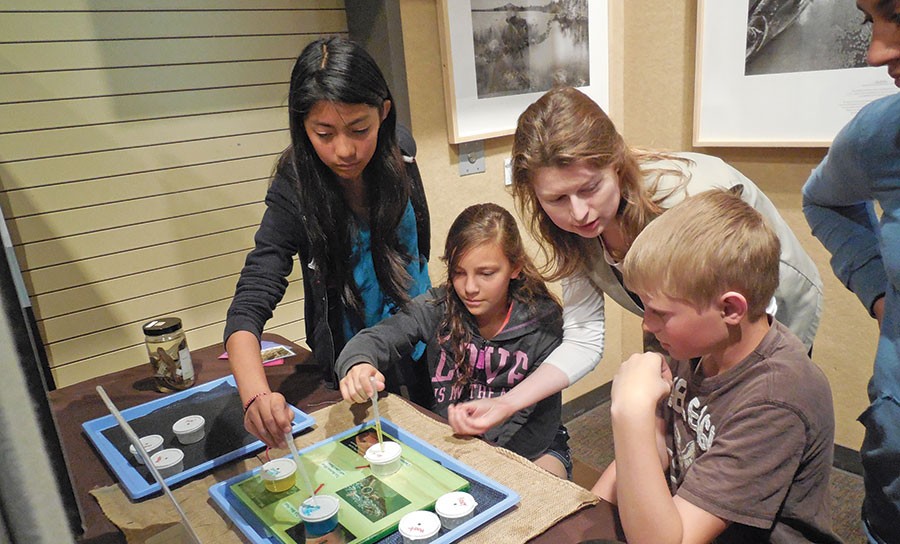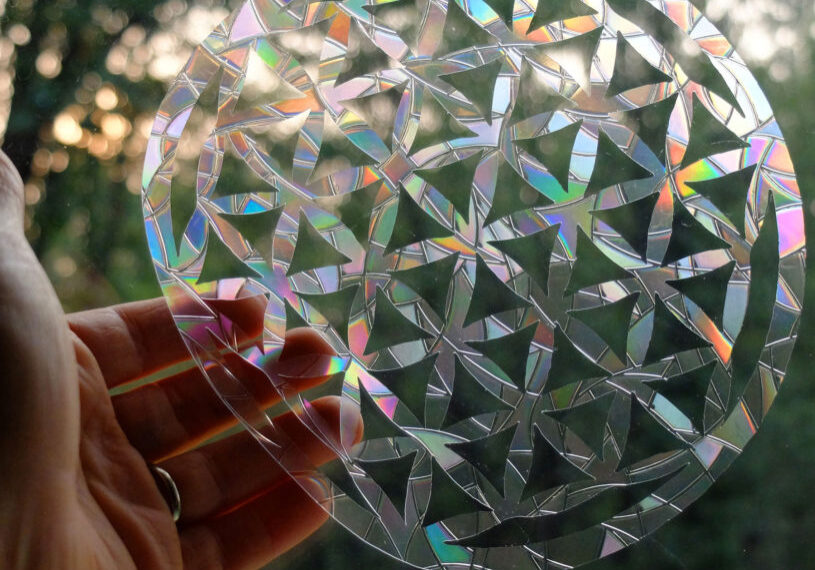At the heart of Chico, nestled between the university, Bidwell Park, and the town’s downtown area, lays a local gem, the Gateway Science Museum.
The museum stands out for its striking architecture and beautifully landscaped surroundings. As an auxiliary of California State University, Chico, it might be tempting to think the museum is primarily focused on educating the university’s students or the children who visit from schools all over the North State, but the museum encompasses much more than that.
A joint collaboration of the university and the community of Chico, the Gateway Science Museum opened in February of 2010 after more than 15 years of planning and development. According to Executive Director Renée Renner, the museum is a hybrid of sorts – presenting world-class science and technology exhibits and programming, while simultaneously showcasing local science efforts, impacts, and the natural history of Northern California. The unified goal is to inspire the exploration of science and natural history in our region and beyond.
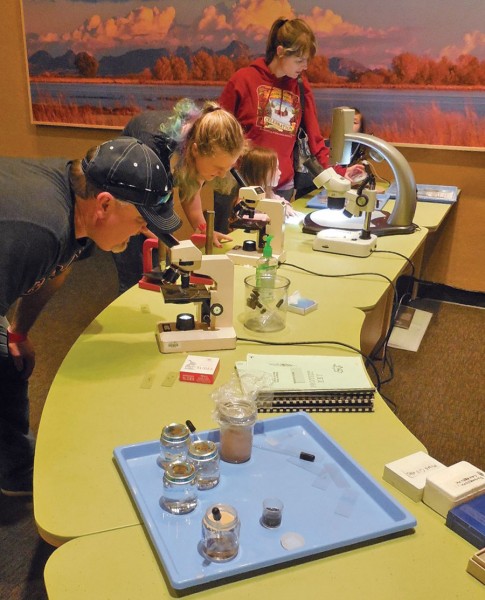 The museum’s success in bringing quality science experiences to its visitors is in part due to the talents and dedication of its volunteers. Over 150 people donate hundreds of hours of their time to make the Gateway experience possible. Volunteers assist with exhibits, the gardens, greeting guests, lab demonstrations, special events, and educational programs.
The museum’s success in bringing quality science experiences to its visitors is in part due to the talents and dedication of its volunteers. Over 150 people donate hundreds of hours of their time to make the Gateway experience possible. Volunteers assist with exhibits, the gardens, greeting guests, lab demonstrations, special events, and educational programs.
Jennifer Jewell, the museum’s Outreach Programs Coordinator and Volunteer Program Manager, says she is privileged to work with volunteers ranging from ages 14 to 80 years old, with varying backgrounds and interests, all cooperating together to reach a common goal: inspiring curiosity and wonder in an informal educational setting.
“One of the elements of the museum experience we emphasize and value is the layered learning opportunities for visitors, volunteers and staff,” explains Jewell. Elementary, middle and high school students, university students, and community members of all ages come together to learn and to share their skills and knowledge.
For example: “A high-school aged volunteer assisting university students leading a hands-on science demonstration at the museum under the mentorship of a university professor or retired professional is both teaching visitors and learning by working alongside the older students and life-long learners,” says Jewell. “This kind of interaction allows each individual to inspire one another, to get to know and see the best of each other. It also fosters a deep sense of pride in the community as a whole.”
In addition to what goes on inside the museum, the museum structure itself is educational. The building was designed to highlight some of the predominant physical features of interior Northern California and is Leadership in Energy and Environmental Design (LEED) Gold Certified. Details include a Sacramento River motif running the length of the Valley Gallery floor, tall walls depicting the mountain ranges that surround the Sacramento Valley, and a volcano-domed entry.
Along with ongoing exhibits, the museum features current exhibits that change three times per year. “Attack of the Bloodsuckers” runs through May 10 and offers an up-close view of skin-crawling creatures including mosquitoes, fleas, ticks, leeches and other parasites.
A “Seeds” exhibit, which also runs through May 10, depicts nature as an artful engineer through images of the incredible ingenuity, diversity and beauty of seeds and the mechanisms that disperse them.
The interactive “Modern Farming” exhibit, on display now through summer, highlights the North State’s agricultural community and the science and technology behind its practices and production.
In the museum’s main hallway, the ice-age skeletons of a giant bear and a saber-toothed cat stand sentinel. There are hands-on manipulatives, small habitats with geckoes and walking stick insects, and a powerful microscope to investigate various petri dishes with mysterious contents.
The gardens surrounding the museum are spectacular and include five different eco-regions of plant communities, including trees, shrubs and grasses that were used by Native Americans of the area. A Sustainability Education Program features a raised-bed edible garden. Visitors of all ages can participate in garden activities that are offered the 1st and 3rd Sunday each month.
Every Saturday the museum hosts a drop-in science-based activity free with museum admission and open to all ages. Known as “Investigation Stations,” these activities explore a wide range of topics – from the anatomy of the heart to the circuitry of simple robotics, from the astronomy of the vernal equinox to the physics of auger mechanisms.
The museum also offers a spring and fall lecture series, career days for high school students, youth summer camps, guided tours, and birthday party packages.
Gateway Science Museum is located at 625 Esplanade in Chico, next to Bidwell Mansion. The museum is open Wednesday through Sunday from noon to 5 p.m. Admission is free to members and $3-$6 for guests. For more information visit http://www.gatewayscience.org or call (530) 898-4121.
Posted in: Community
Comment Policy: All viewpoints are welcome, but comments should remain relevant. Personal attacks, profanity, and aggressive behavior are not allowed. No spam, advertising, or promoting of products/services. Please, only use your real name and limit the amount of links submitted in your comment.
You Might Also Like...

Solar Thermal Water Heating: Efficient and Green
Solar thermal is considered a renewable and green resource for hot water heating. A solar water heating system captures the warmth of the sun, transfers that heat to water, and […]
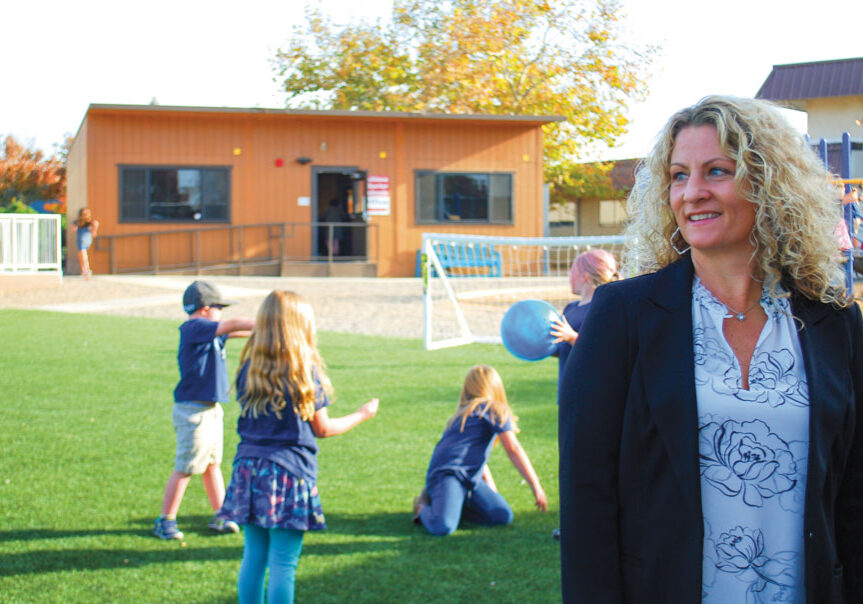
Achieve Charter School: New Beginnings
Up from the Ashes In August 2019, just 10 months after the Camp Fire leveled Paradise, CA, 217 kindergarten-through-8th-grade students streamed onto Achieve Charter School’s newly-constructed campus in Chico, CA. […]
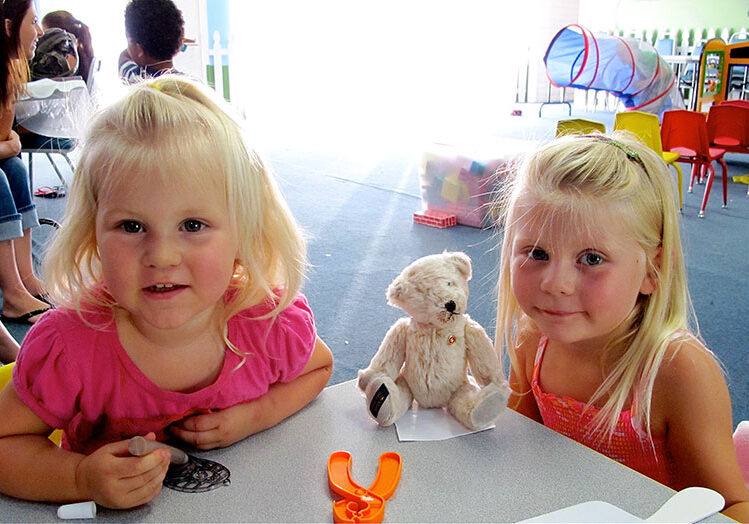
Red Bluff Playgroup Gives Kiddos (and their Parents) a Place to Make New Pals
Mojan Bailey’s son likes to tinker on toy cars with his plastic drill and wrench, but today the 3-year-old takes a break to sit at a toddler table and shape […]
Building Community Enriches Lives
Generations ago, before television and cell phones, building a strong community was a way of life. Homes were built with porches where residents could lounge and spend time catching up […]


